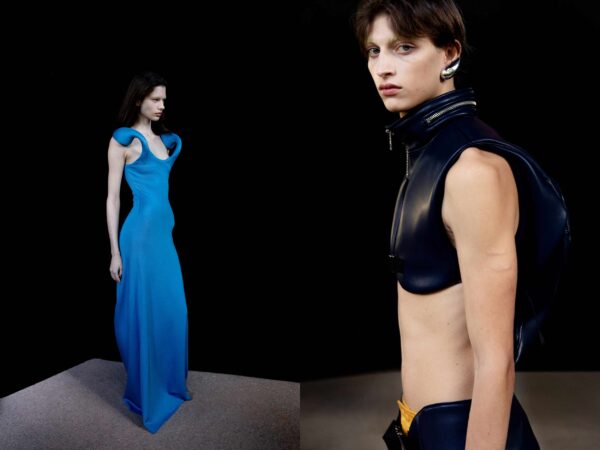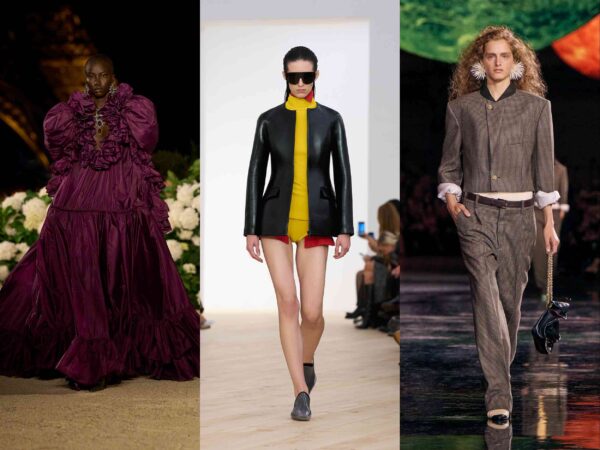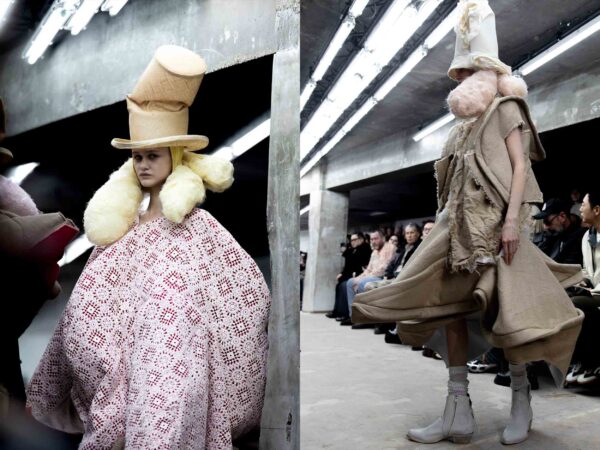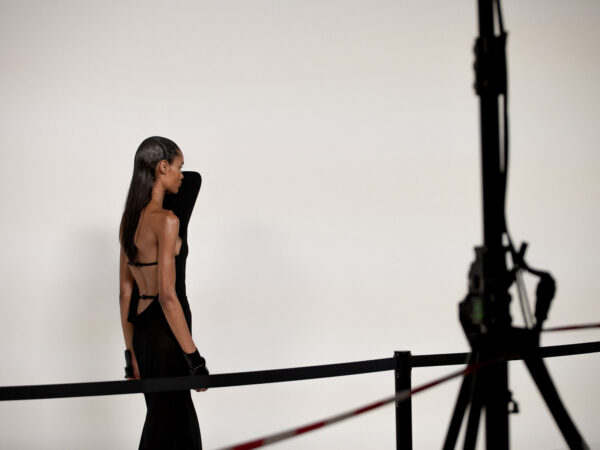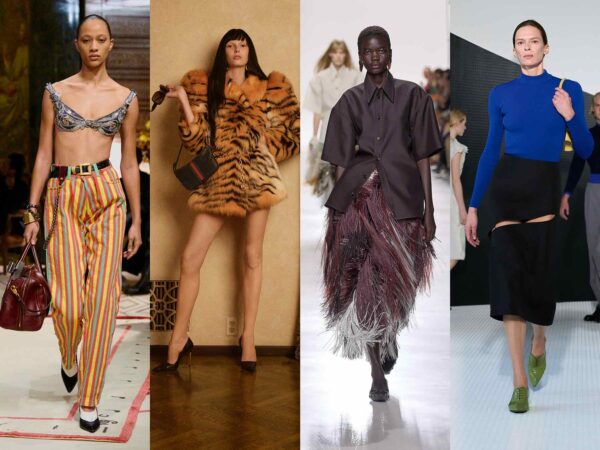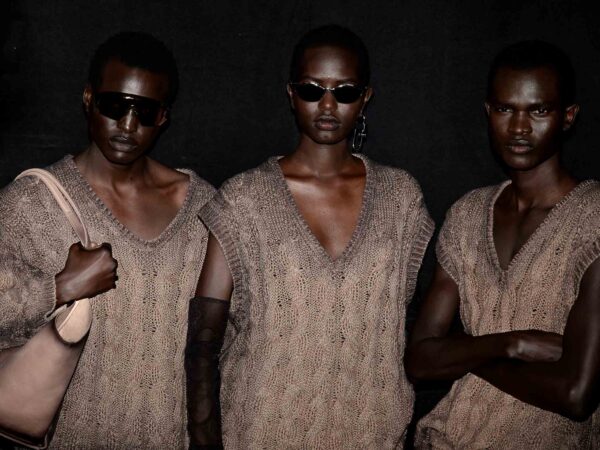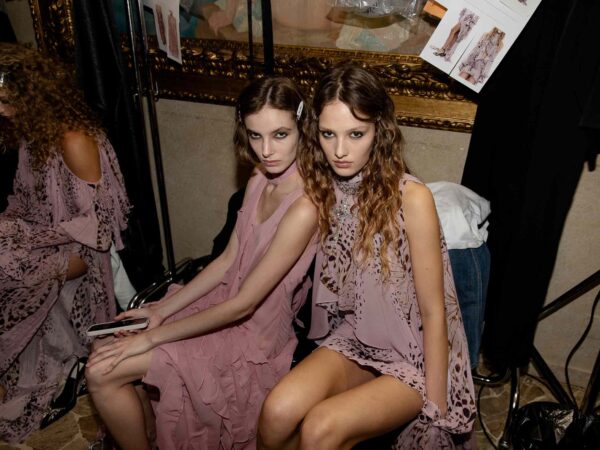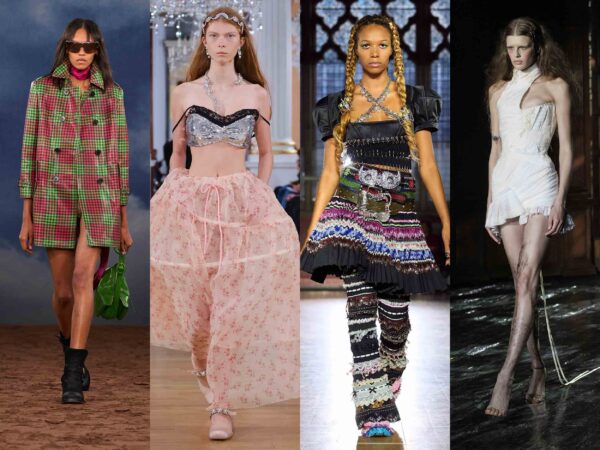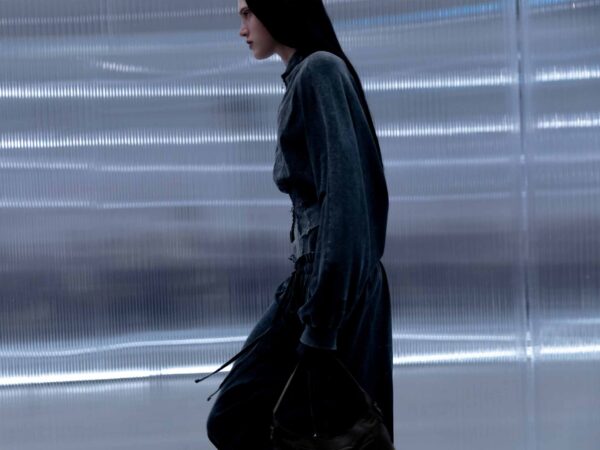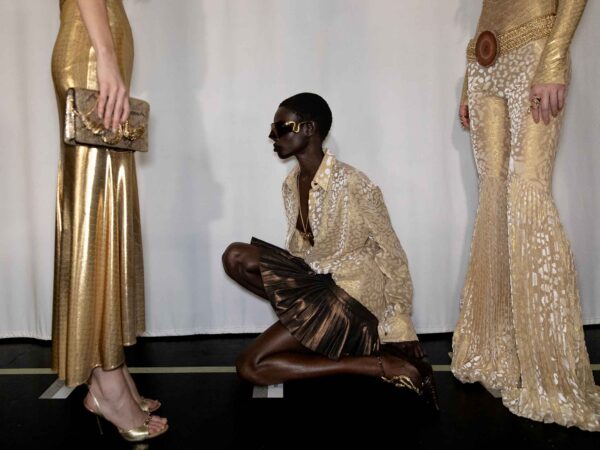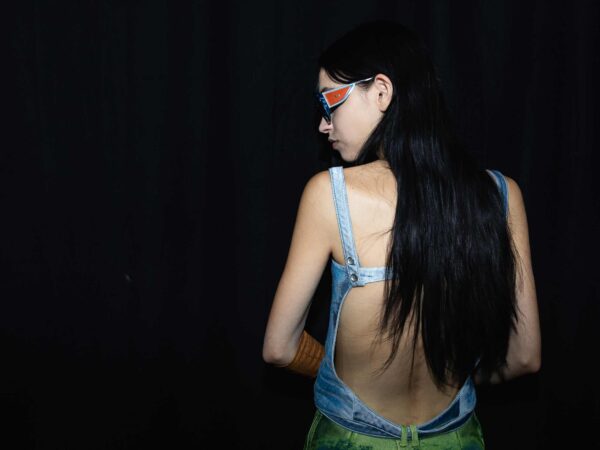Victorian women fainted so New Age Bimbos could run
For decades, the corset was a reigning symbol of patriarchal oppression—thought to be a ghastly and restrictive device that rendered women immobile, passive, and prone to fainting spells, with a factor of their social worth dependent on the circumference of their waists. That the corset was no longer customary or fashionable for women was largely considered a feminist victory of the 20th century. After the spread of second-wave feminism in the ’60s, the modern eye viewed the corset, “as one of the quintessential Victorian social horrors,” as art historian David Kunzle writes in Fashion and Fetishism, “the forcing of young females into narrow corsets being regarded as morally and hygienically on a par with the forcing of small boys into narrow chimneys.”
I first witnessed this attitude in a scene from the early aughts classic and a childhood favorite of mine, Pirates of the Caribbean. Kiera Knightley’s character faints, falls off a cliff, and sinks to the ocean floor below (all while a suitor proposes marriage to her, ignorant of her distress). She is rescued from imminent drowning, her waterlogged silk gown removed in the process, but she returns to consciousness only after her stays, the 18th-century version of a corset, are ripped off. The tightly laced stays were, of course, the cause of this near-death accident.
Scenes like this one appear over and over again in film, literature, and television. Most recently, in the opening sequence of Netflix’s new period drama Bridgerton, a young woman winces through a vicious tightlacing in preparation for her debut in early 19th century London society. Despite Bridgerton’s renewal of the corset-as-torture trope, the show has been credited as the force behind a boom in corset sales, with Etsy searches for the garment up 91% in the past three months, compared to the same time period last year.
While Bridgerton’s massive popularity (Netflix’s biggest show ever) accounts in part for the re-entry of the corset into mainstream fashion and conversation, boned bodices have been creeping their way into more cutting-edge closets for the past few years. Their pre-Bridgerton trajectory is easily traced through the ascension of the mother of all contemporary corsetry: the archival Vivienne Westwood corset. Called “the most popular vintage piece of 2019” by Vogue, the Westwood corset has only elevated in status since—becoming the ultimate grail of the Depop generation.
“Like Westwood, Gen Z is interested in creating their own interpretations of historicized femininity. Their obsession with corsets, or at least tops that kind of look like them, represents their larger reexamination of traditional and exaggerated forms of femininity, evident in concurrent trends like New Age Bimboism.”
The current corset trend is about maximum visibility—Gen Z is not quite as interested in the garment’s original function as a tool of invisible shaping as they are in wearing it in plain sight with a pair of low-rise jeans. Westwood began experimenting with this idea—underwear-as-outerwear—in the ’70s and was one of the first designers to bring the concept to the runway when she debuted a reinvented corset in her Harris Tweed collection in 1987. Westwood’s interpretation of the corset was thoroughly innovative—it took the conical shape of 18th century stays, but with stretchy lycra paneling on the sides and a zipper down the back. It was designed to be loudly visible and worn on its own, with later iterations printed with sumptuous scenes from 18th-century European paintings.
At the time, Westwood’s redesigned stays were totally subversive, introducing the idea that the corset, long thought to be wretched and oppressive, could actually be something that women chose to wear to look and feel sexy. Fashion historian Valerie Steele believes Westwood’s revival of the corset “may be one of her most important contributions to late twentieth-century fashion.”
It makes sense that the Vivienne Westwood corset is now the platonic ideal for Gen Z. Everything from their preferred styling of the garment as a statement piece to the reasons they find it so compelling echoes the sentiments put forward by Westwood’s initial rebrand of the corset. Like Westwood, Gen Z is interested in creating their own interpretations of historicized femininity. Their obsession with corsets, or at least tops that kind of look like them, represents their larger reexamination of traditional and exaggerated forms of femininity, evident in concurrent trends like New Age Bimboism. In many ways, the modern equivalent of the wasp-waist Victorian woman is the early 2000s bimbo—both embody the ultra-feminine beauty ideal of their respective times, and both came to represent the reprehensible excess and fatalistic vanity that is assigned to such women (by men).
Westwood was the first to give the misunderstood corseted waist a chance to really speak for itself, and now young women are giving the same treatment to more recent yet similarly complicated symbols of feminine sexuality, whether it be fake boobs, platinum blonde hair, or even a ditsy voice. It’s unclear what’s at the end of the postmodern femininity rabbit hole, but for now at least, it looks pretty.



